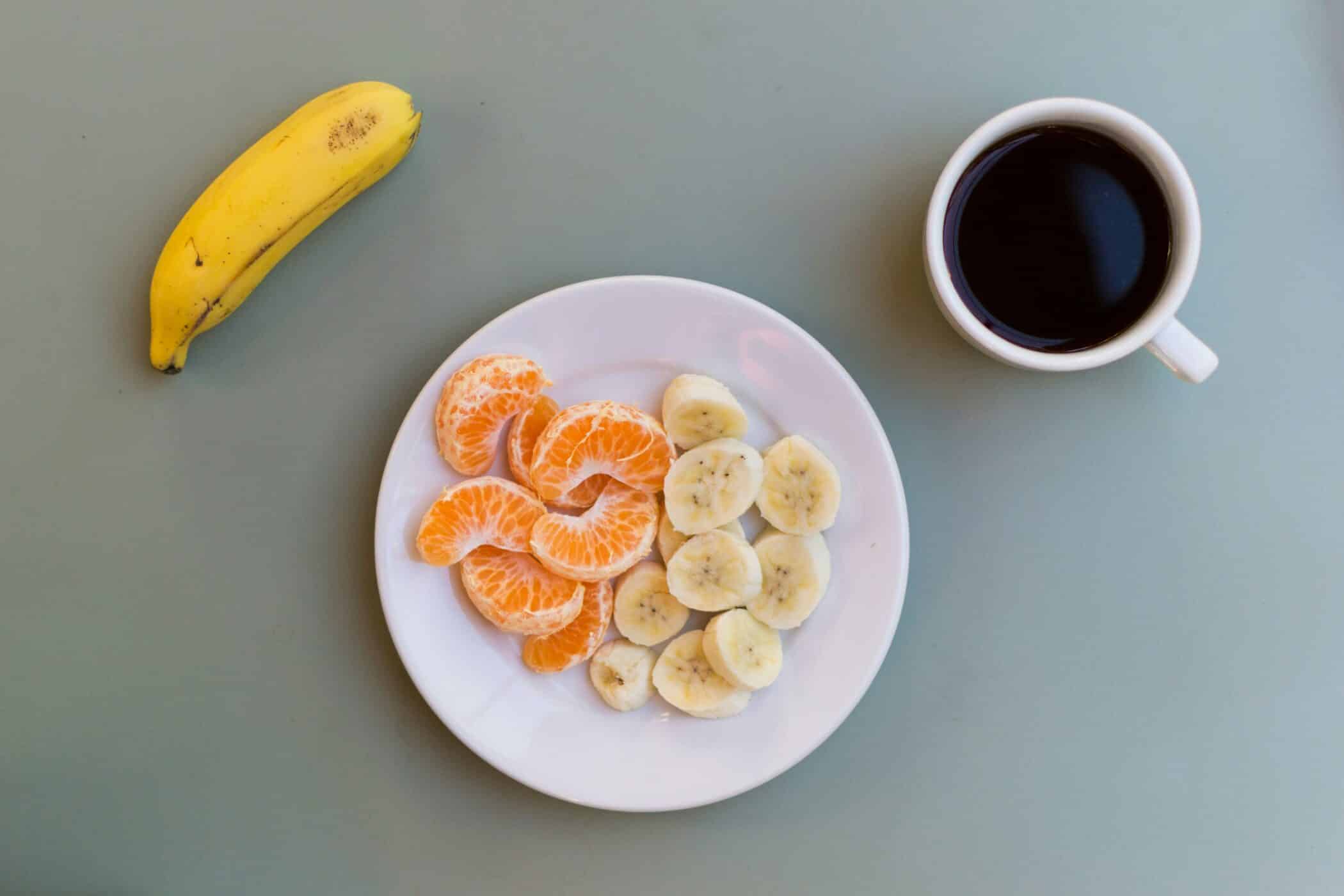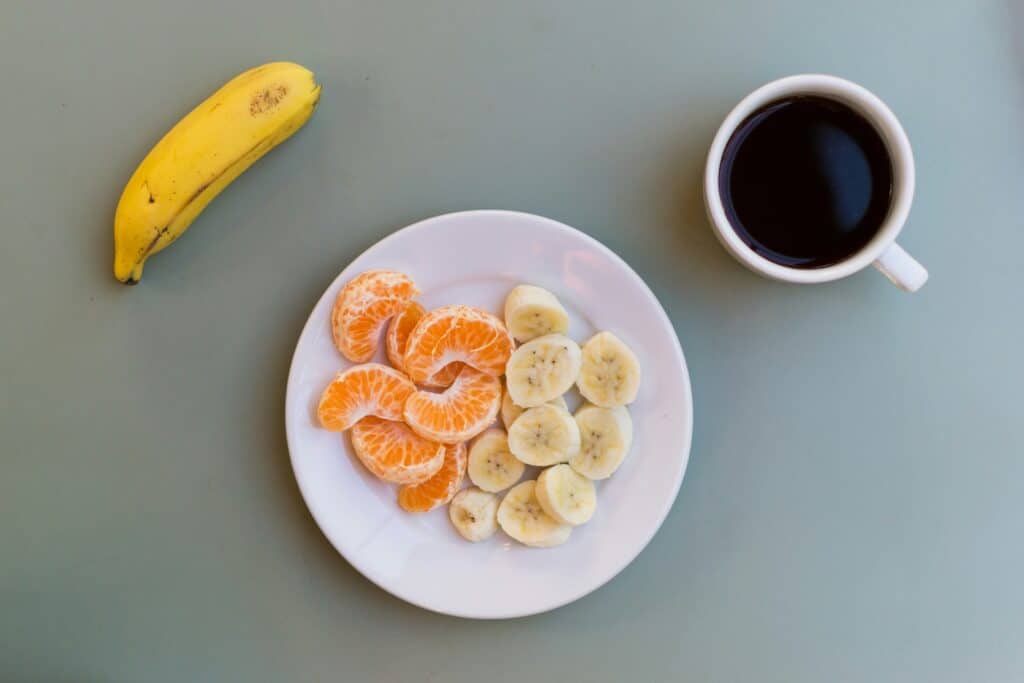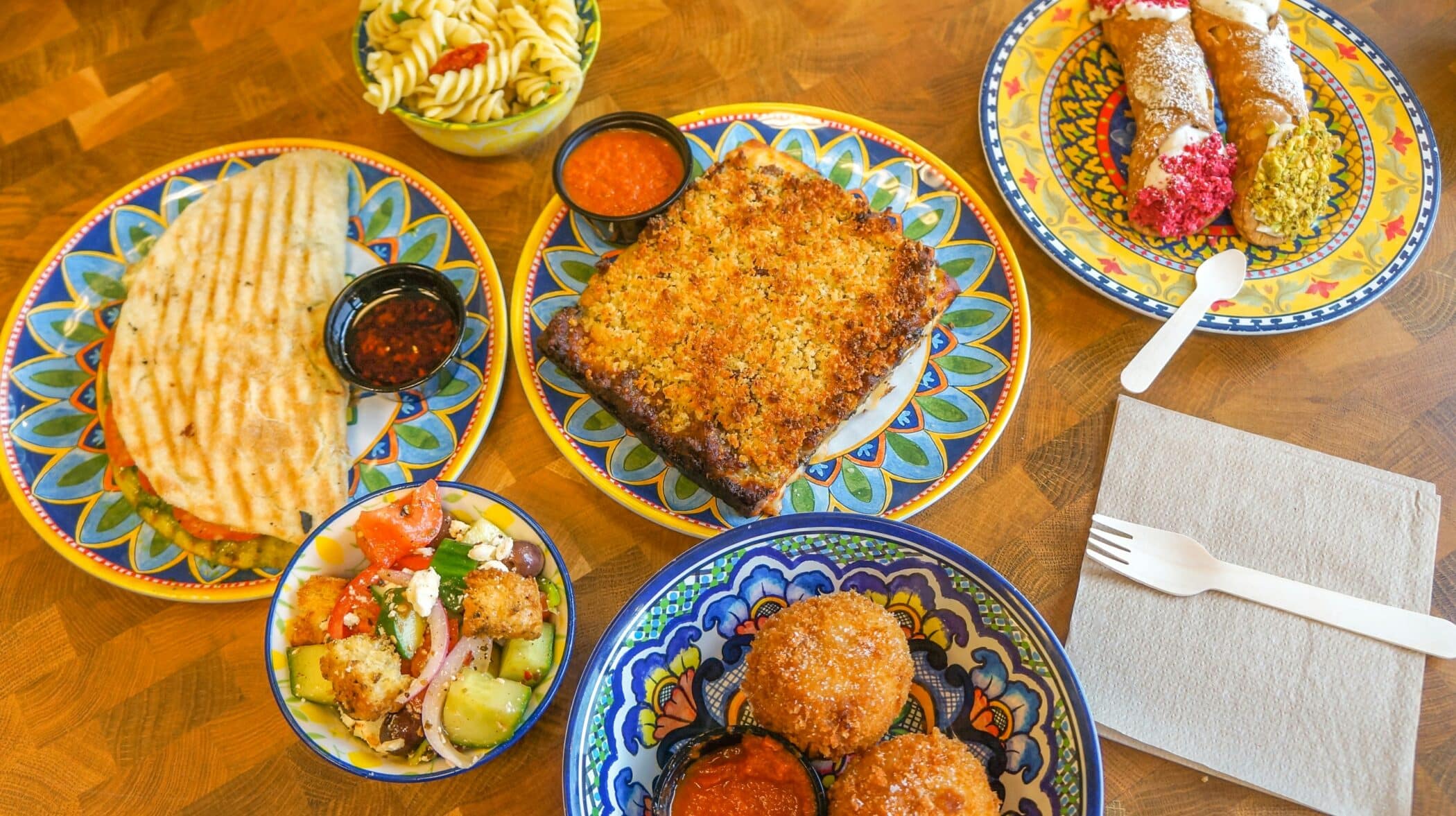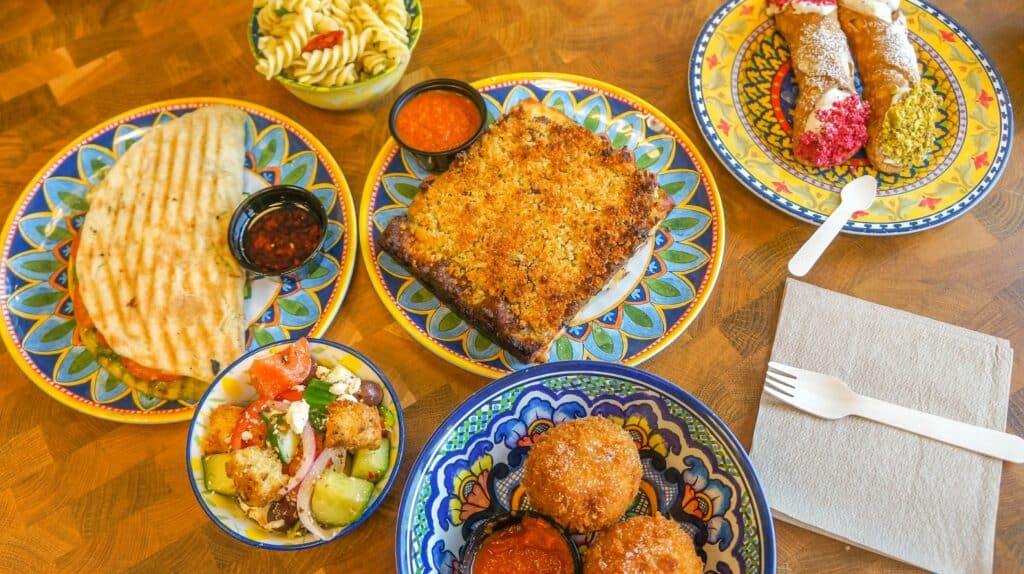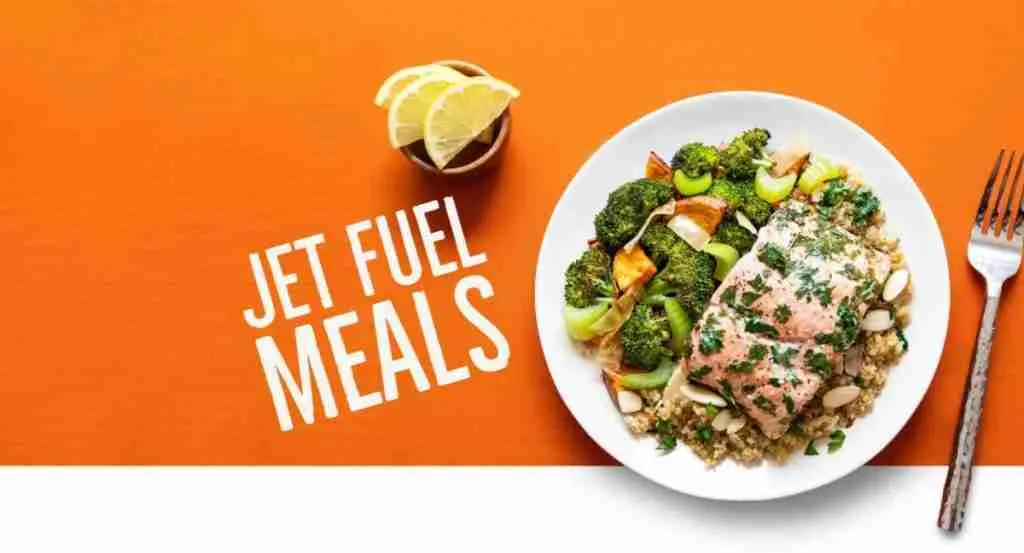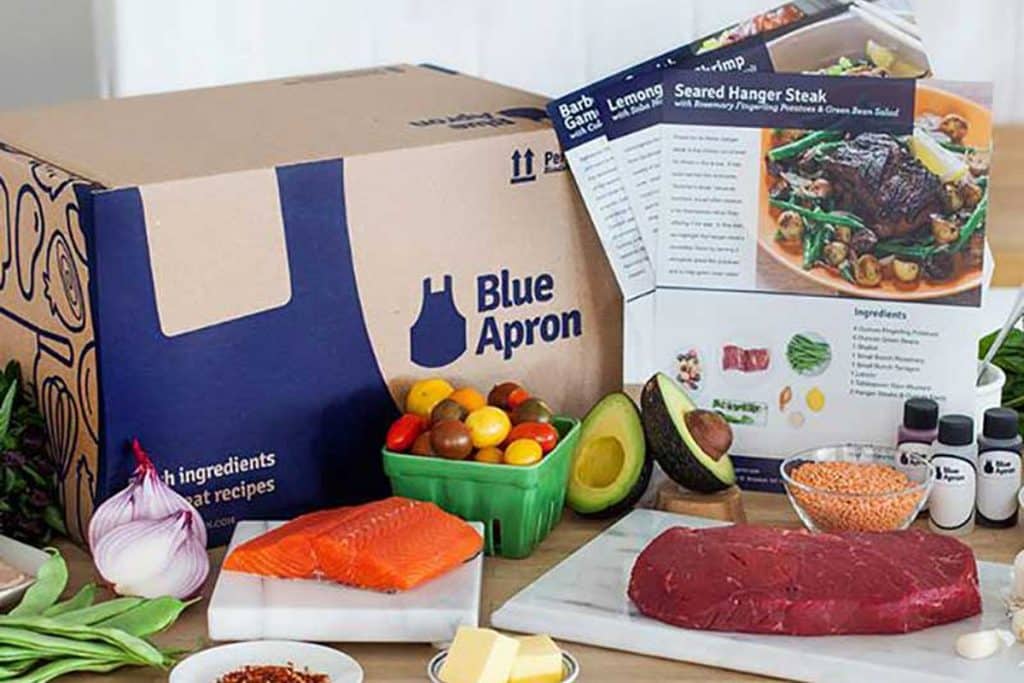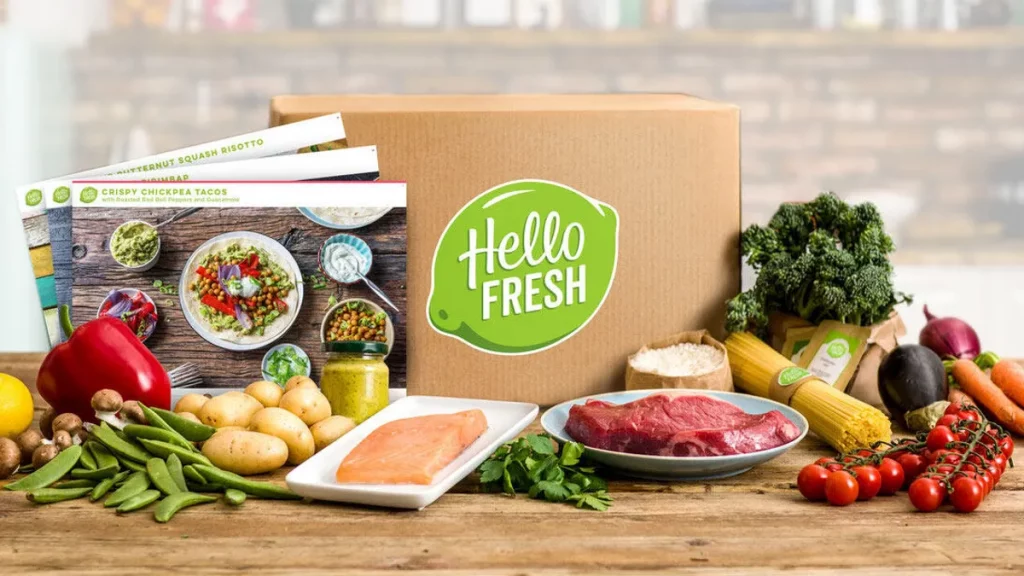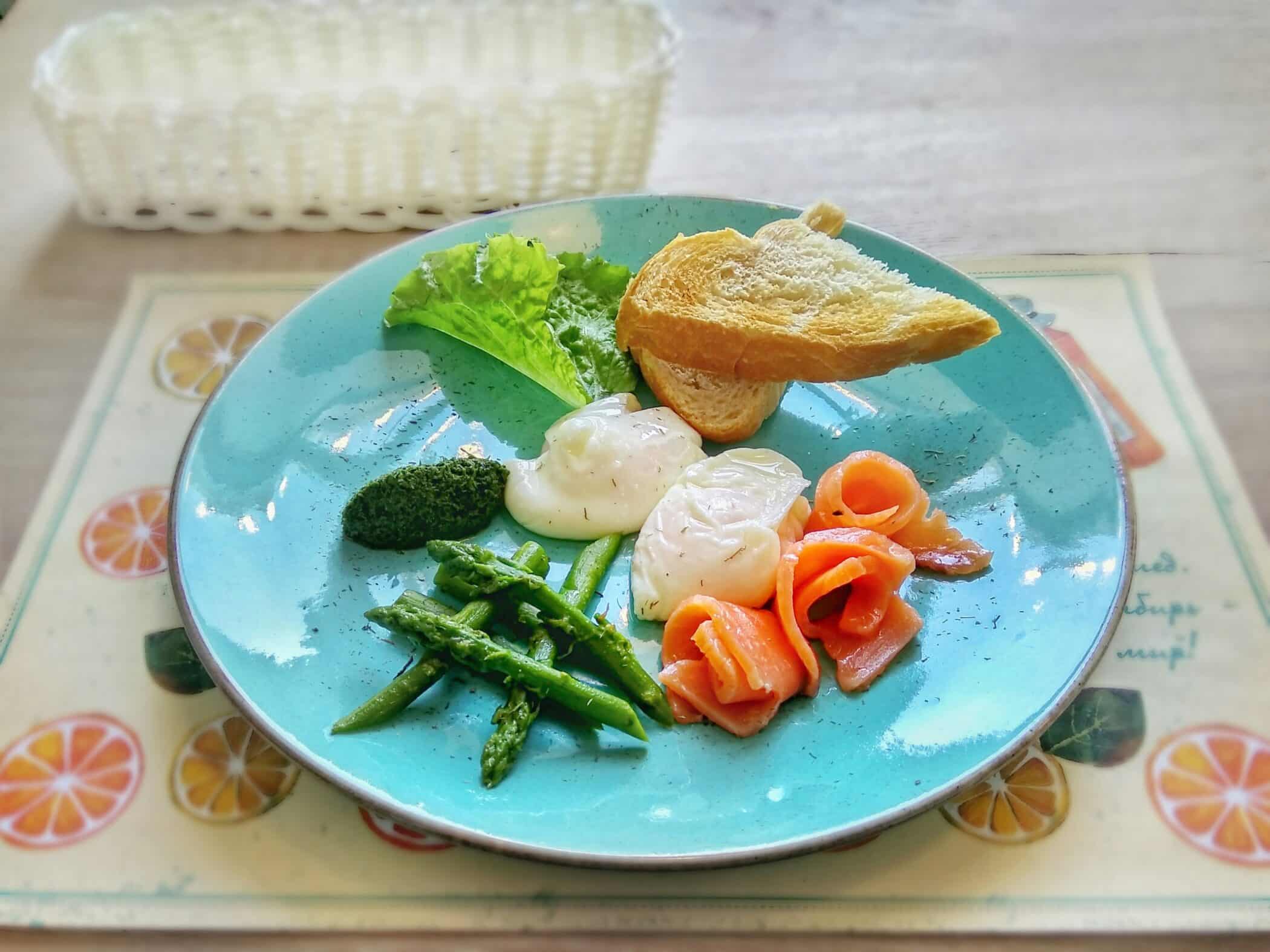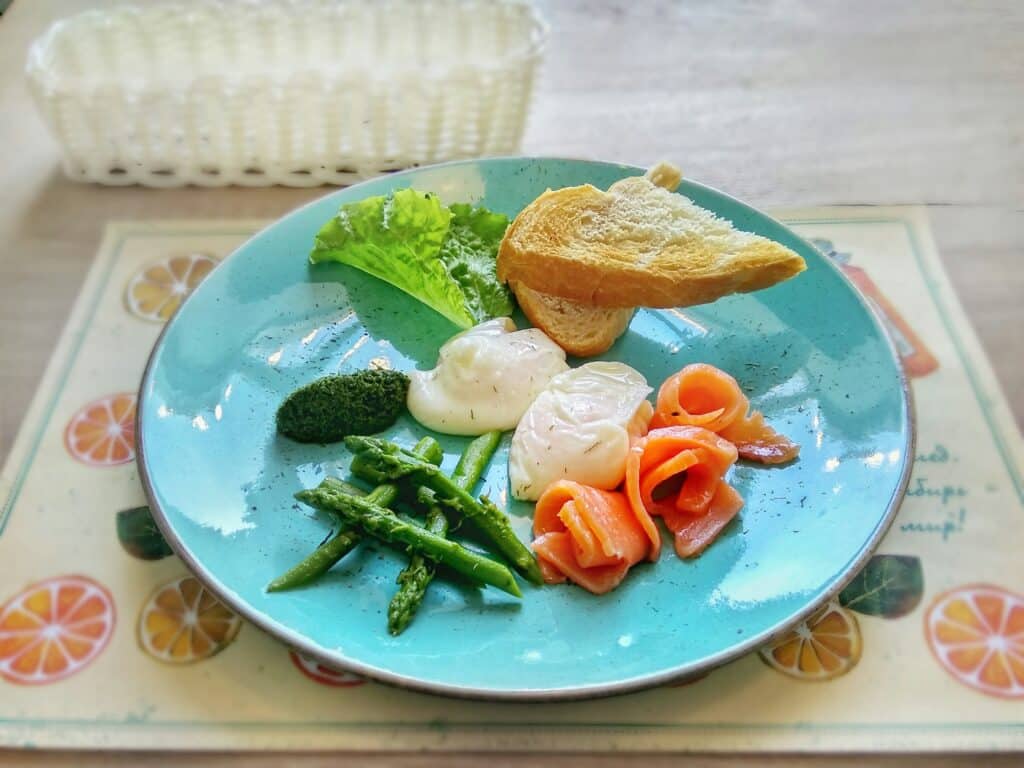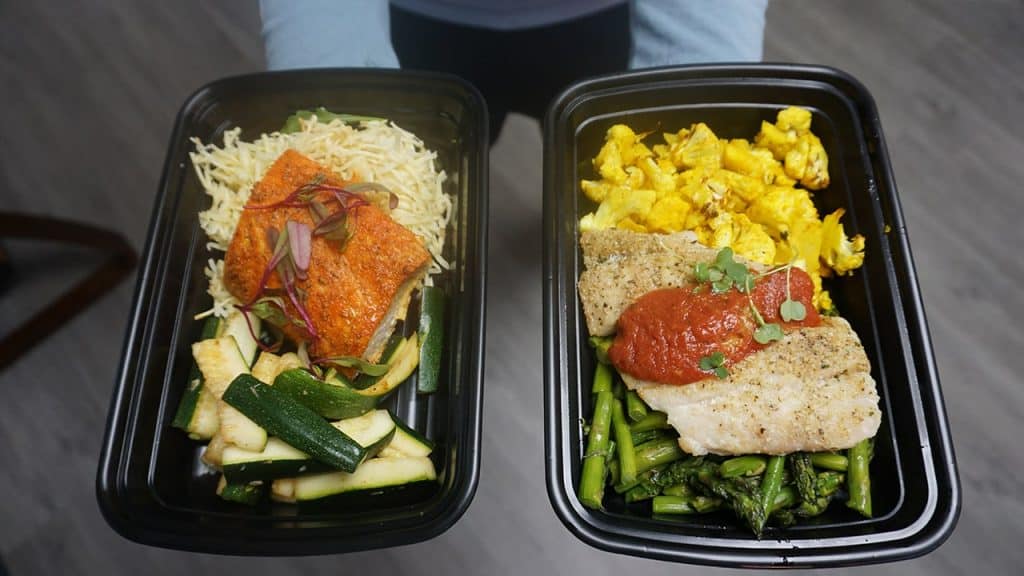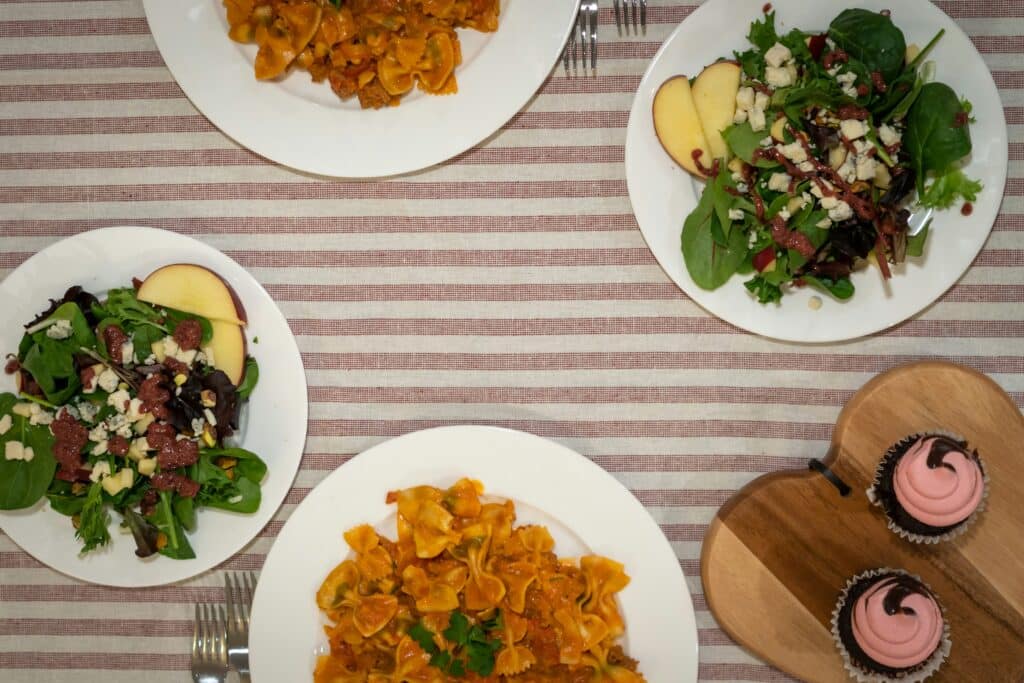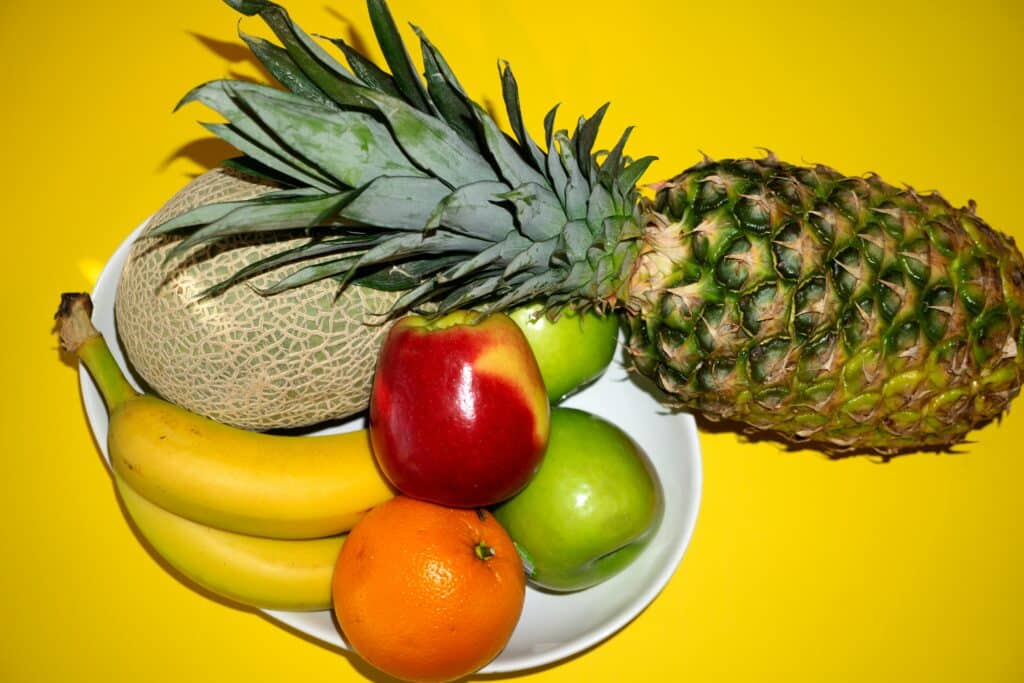
Hey there, fellow Miamians! 🌴☀️ Let’s chat about something we all love – food! But not just any food, we’re talking about the good stuff that keeps us feeling energized and ready to hit South Beach. So, what are the foundations of a healthy food plan? Stick around, and I’ll break it down for ya, Miami style!
The Miami Food Scene: A Delicious Challenge
Before we dive in, let’s real talk for a sec. Living in Miami is amazing, but it can be tough on our waistlines, ya feel me? We’ve got:
- Cuban sandwiches calling our names 🥪
- Late-night croquetas tempting us 😋
- Bottomless brunches every weekend 🍾
It’s no wonder some of us struggle with making healthy choices. But don’t worry, I got you!
The Basics: Building Your Healthy Food Plan
Alright, let’s get into it. Here are the key foundations of a healthy food plan:
1. Balance is Key, Bro
Just like finding the perfect spot between Ocean Drive and the beach, balance in your diet is crucial. Here’s what you need:
- Lean proteins (fish, chicken, tofu)
- Complex carbs (brown rice, quinoa, sweet potatoes)
- Healthy fats (avocado, nuts, olive oil)
- Tons of colorful veggies and fruits
Pro tip: Think of your plate like a little work of art. 1/2 veggies, 1/4 protein, 1/4 complex carbs. Boom! 💥
2. Portion Control (Even When the Food is Fire)
I know, I know. When the food’s good, you wanna eat it all. But here’s the tea:
- Use smaller plates (tricks your brain, for real)
- Eat slowly and mindfully (enjoy every bite, fam)
- Listen to your body (stop when you’re satisfied, not stuffed)
Remember: You can always take leftovers home for later. That’s like, future you thanking present you!
3. Stay Hydrated, It’s Hot Out Here!
Miami heat is no joke. Staying hydrated is clutch for a healthy food plan. Try:
- Infusing water with fruits (mango, lime, or cucumber are 🔥)
- Coconut water for those extra hot days
- Herbal teas (hot or iced)
Aim for at least 8 glasses a day, more if you’re hitting the gym or the beach.
4. Meal Prep Like a Boss
I get it, we’re all busy. But meal prep can save your healthy eating game. Here’s how:
- Pick a day (Sunday Funday can be meal prep day too)
- Cook in batches (grilled chicken, roasted veggies, etc.)
- Invest in good containers (glass is best, keeps food fresh longer)
Meal prep hack: Make extra dinner and pack it for lunch the next day. Easy peasy!
Miami-Specific Food Hacks
Now, let’s talk about how to keep it healthy while enjoying all the amazingness Miami has to offer:
Farmers Markets FTW
Hit up local farmers markets for fresh, seasonal produce. Some faves:
- Coconut Grove Organic Market (Saturdays)
- Lincoln Road Farmers Market (Sundays)
- Upper Eastside Farmers Market (Saturdays)
Fresh, local produce just hits different, trust me.
Swap This for That
Love Miami cuisine but wanna keep it healthy? Try these swaps:
- Grilled mahi-mahi instead of fried grouper
- Cauliflower rice in your burrito bowl
- Baked plantains instead of fried tostones
You still get those Miami flavors without the extra calories. Win-win!
Common Pitfalls (and How to Avoid Them)
Let’s keep it 💯 – we all face challenges when trying to eat healthy in Miami. Here are some common ones:
The Late Night Munchies
After a night out on South Beach, those 2 AM empanadas are calling. Instead:
- Keep healthy snacks at home (nuts, fruit, yogurt)
- Drink water before bed (sometimes we mistake thirst for hunger)
- If you must, go for a lighter option (like a small smoothie)
The “I’ll Start Monday” Syndrome
We’ve all been there. But here’s the thing – every meal is a chance to make a healthy choice. Don’t wait for Monday, start with your next meal!
The Social Pressure
Your crew wants to hit up that all-you-can-eat buffet. What do you do?
- Suggest a healthier spot (there are tons in Miami!)
- If you go, focus on lean proteins and veggies
- Remember, one meal won’t derail your whole plan
Bringing It All Together
So there you have it, amigos! The foundations of a healthy food plan, Miami style. Remember:
- Balance your plate
- Watch your portions
- Stay hydrated
- Prep when you can
- Enjoy Miami’s healthy options
Your Healthy Food Plan, Delivered
Now, if all this sounds great but you’re thinking “nobody has time for that”, I feel you. That’s where JetFuel comes in clutch. They offer weekly meal plans with fresh, high-quality, all-natural meals that are both healthy and delicious. It’s like having a personal chef who knows all about nutrition, right here in Miami.
So why not give JetFuel a try? It could be the game-changer you need to stick to your healthy food plan without sacrificing flavor or convenience. Plus, more time for the beach, am I right? 🏖️
Remember, a healthy food plan isn’t about restriction – it’s about nourishing your body so you can live your best life in this beautiful city. Now go out there and crush it, Miami! 💪🌴


